Being an avid runner and a gear geek go hand in hand…er, make that “foot in shoe.” One of the appeals of running is the simplicity of tossing on a t-shirt, gym shorts, and an old pair of trainers and heading out your front door, but like anything that’s performance oriented, there are many levels—and deep rabbit holes—to consider in the pursuit of the perfect running setup.
Compared to sports like tennis and cycling, running has a very small toolbox when it comes to gear. And because you’re not sweating the composition of your carbon fiber bike frame, the little details in your running equipment can become significant points of concern. However, despite all the hype around proprietary materials and designs for shoes and shirts, there’s one running garment that’s habitually overlooked: your socks. They’re the last thing anyone thinks about, but they’re the first line of defense for a part of your body that’s going to make or break your running experience!
Fortunately, there’s a lot of R&D that’s gone into the science and manufacturing of running socks, and it’s worth a serious examination of the benefits and features you should be looking for. If you’ve never thought about it until now, get ready and set, because we’re going on a sprint through the critical design elements of great running socks and the boost they can give your performance along the way.
Choosing the Right Materials
A running sock needs to deal with a much greater array of challenges than the average khaki tubes in your office shoes, and getting it right starts with picking the right materials for the job. They need to be capable of managing heat, providing adequate padding, wicking away sweat, and standing up to the repeated pounding they get from covering miles and miles of pavement.
Basic cotton socks aren’t the worst, but they definitely have their limitations because they simply aren’t designed with strenuous activity in mind. Technology has come a long way since they were first stitched together, and a true running sock should be a blend of synthetic materials that provide the durability and performance a runner’s foot demands.
Ideally, a blend of polyester, nylon, and spandex gives a running sock the breathability, flexibility, and durability that will stand up to the punishment of a 10K day after day while also allowing adequate ventilation to keep your feet cool and dry. And the true top-of-the-line brands? They’re utilizing proprietary fabric blends that maximize the benefits a sock can deliver, and they’re demolishing their competitors with cutting edge sports science and technology.
Engineering Greatness
Great materials go a long way, but once you’ve got the right fabric there’s the all-important question of design to address. Your feet, ankles, and calves need a lot of support to prevent injury without being overly bulky, and depending on the type of running you’re doing you may need more or less protection in various areas.
Low-cut socks reduce the weight you have to move with each stride as much as possible, and if you’re running long distances, unnecessary bulk can have a significant effect on the amount of work your legs have to do over time. However, there are also limits to how miniscule you can go. We’ve all experienced the frustration of low-cut socks that slip down the back of your ankle and cause painful chafing and blisters on our heels, and a well-designed sock needs to have sufficient padding and structure to prevent that from happening.
Athletes who are cross-training will definitely want a little extra ankle support for side-to-side stresses, and crew cut socks are often the best choice for more varied activities. Socks that conform to your ankle and up your calves have to take both mobility and circulation into account in their design, and ideally they should allow plenty of joint flexibility while offering a little extra compression to keep the blood flowing smoothly.
Cushioning Each Step
During a runner’s stride, there’s a moment where their entire body is off the ground. Taking the next step means their lead foot and leg is going to have to absorb the impact as it drives through contact with the pavement. That’s a lot of force to manage, and knees, shins, and ankles need all the help they can get to relieve the pressure.
Running socks provide an extra line of defense above and beyond the sole of your shoe that cushions each step and reduces wear and tear on your body. If you’re running three miles four times a week, that means your joints have to manage and recover from 20000-25000 impacts with the ground, and a high-quality running sock can be the difference between waking up feeling great and dragging yourself around the block on the way to your next recovery day.
Of course, everything in running is about striking a balance, and you’ll need to consider your activity level and personal comfort when you’re picking out a running sock. The more cushioning a sock provides the heavier it gets, and a well-designed sock should deliver maximum padding without adding undue stress to your workout.
Chasing Perfection with Fitsok
Runners come in all shapes and sizes, and Fitsok has been designing high-performance running socks that deliver the comfort and support it takes to get the most out of every step. Constructed with unique material blends like our Shadow Yarn, they give your feet the cushioning and breathability they need to prevent irritation while remaining lightweight and nimble so you can keep churning out your best times around the track.
And because quality and consistency is the cornerstone of any athlete’s routine, we make all of our socks right here in the USA so you always get the highest standards of reliable construction and performance every time you head out your door. That’s why we’re confident offering our lifetime guarantee on every pair we sell.
Check out our selection of running socks, and find the perfect fit for your activity level.
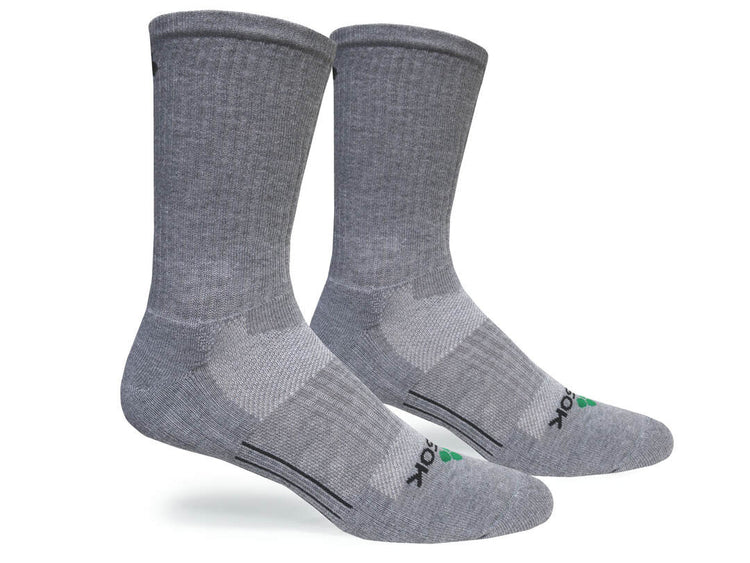
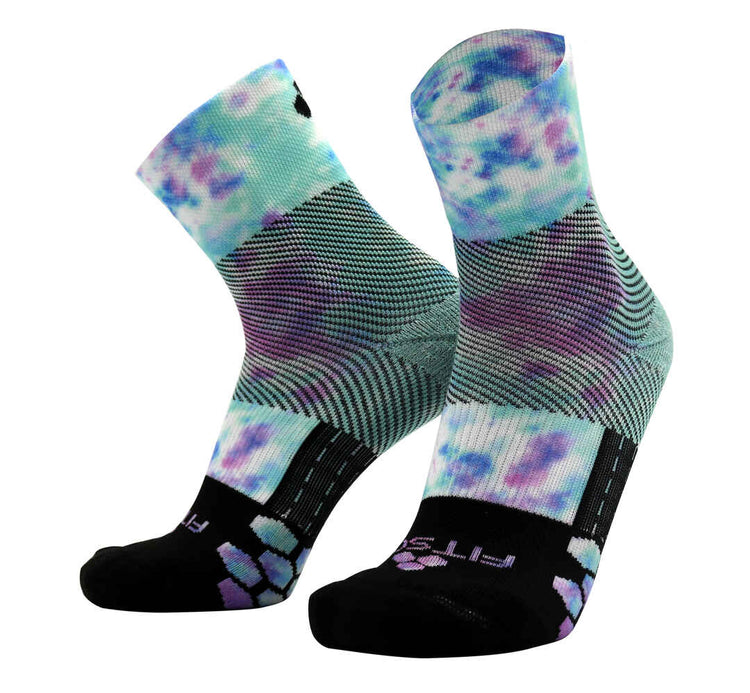
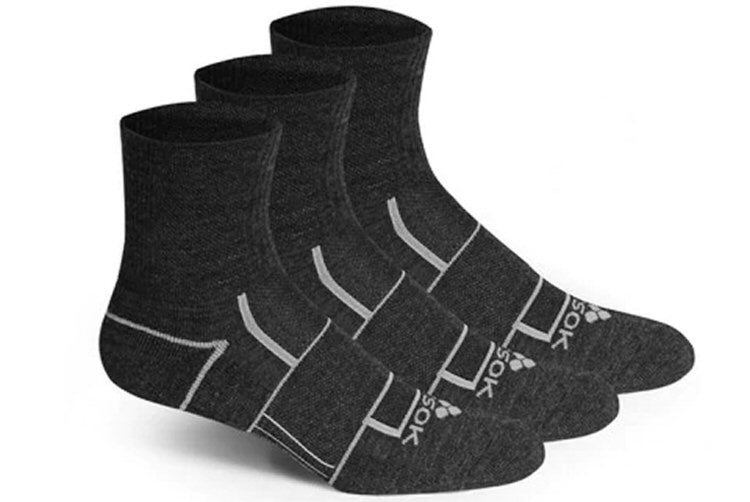
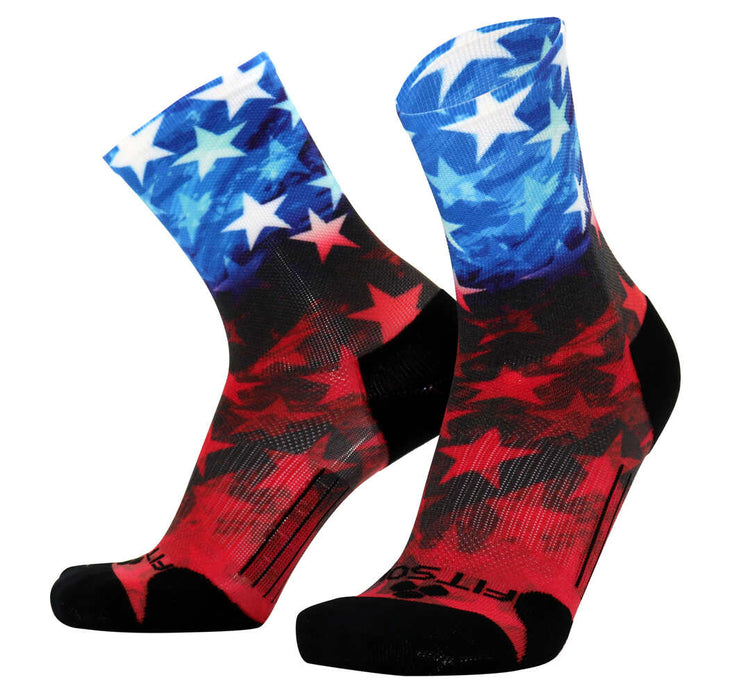
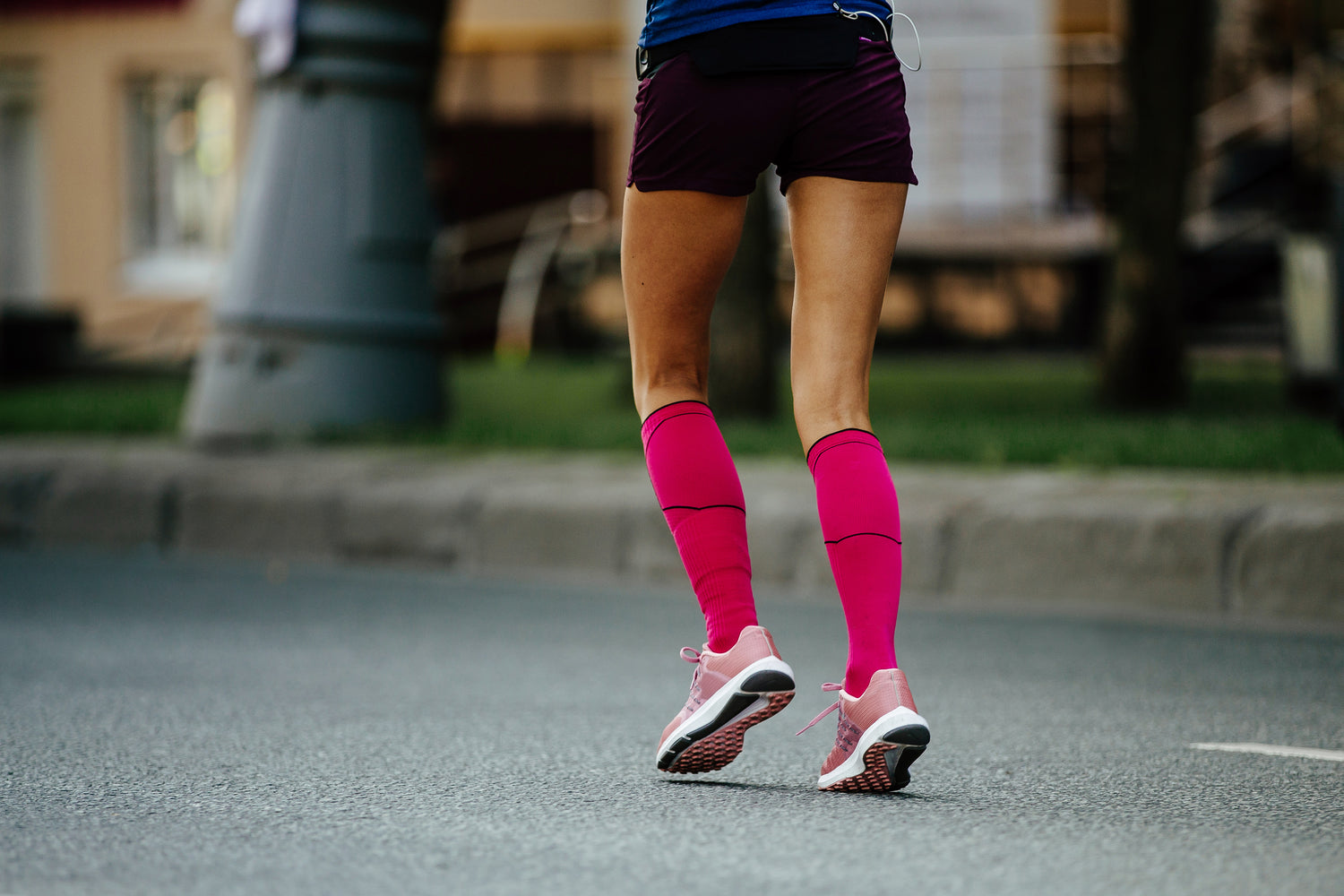
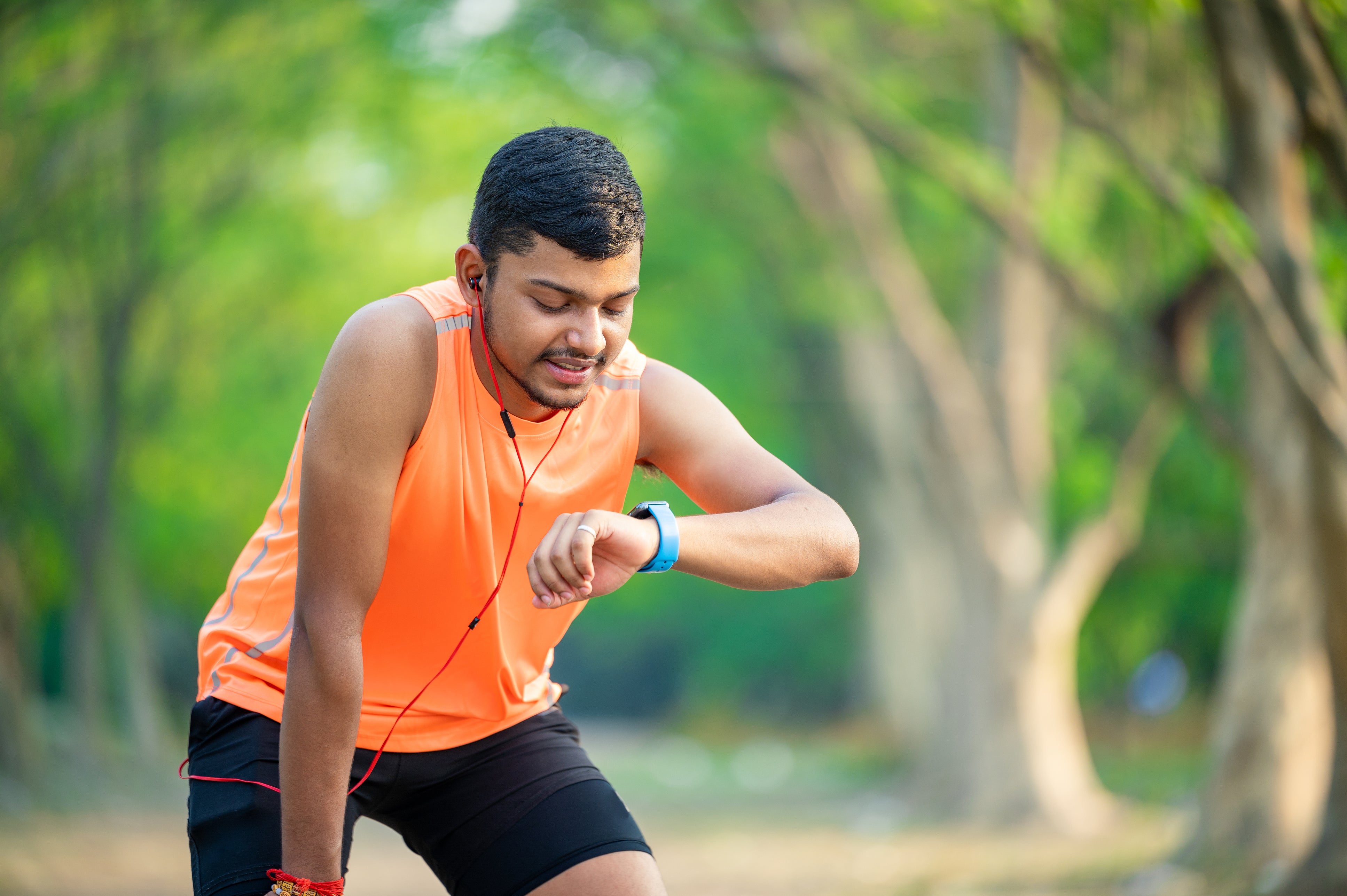
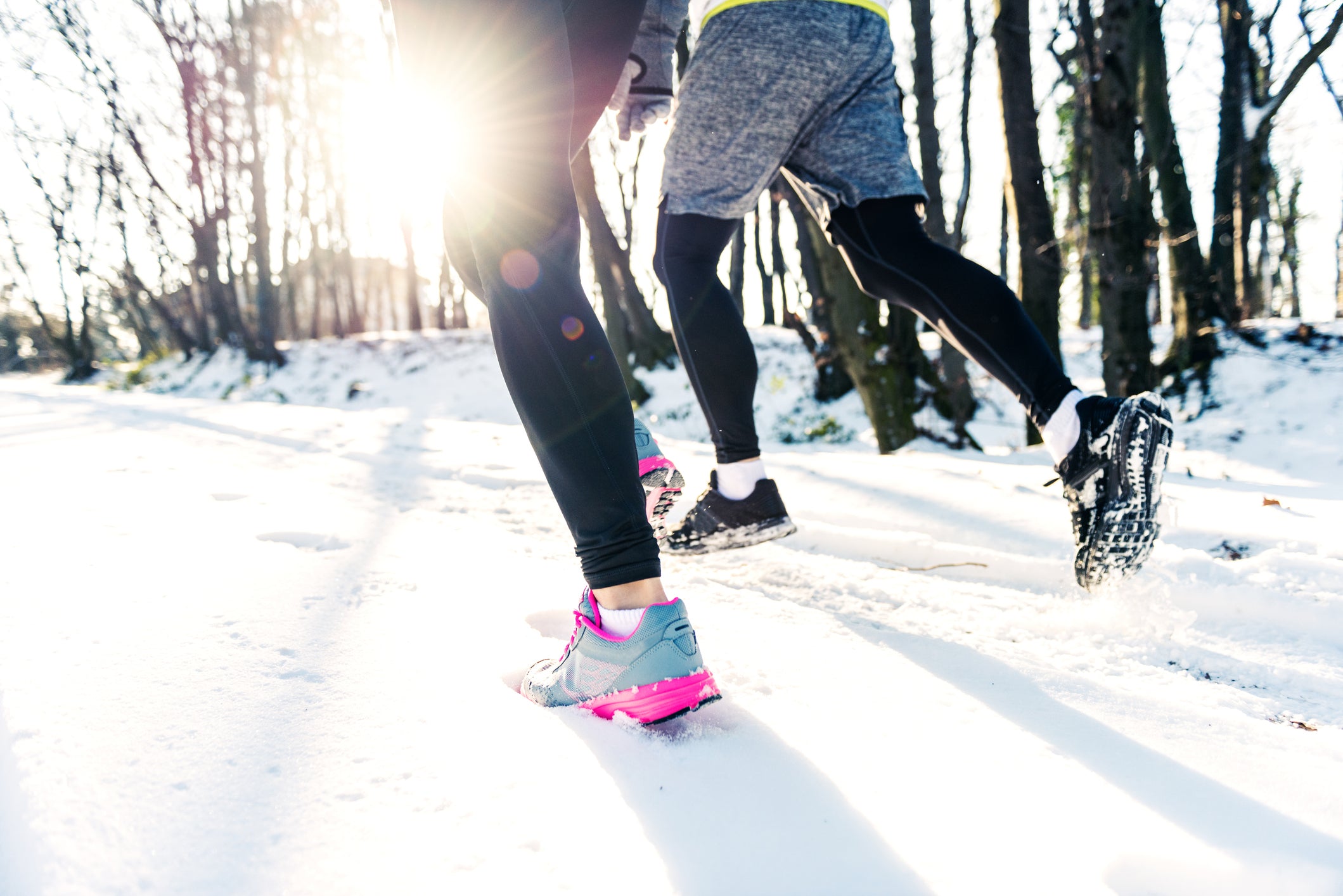
Leave a comment
This site is protected by hCaptcha and the hCaptcha Privacy Policy and Terms of Service apply.